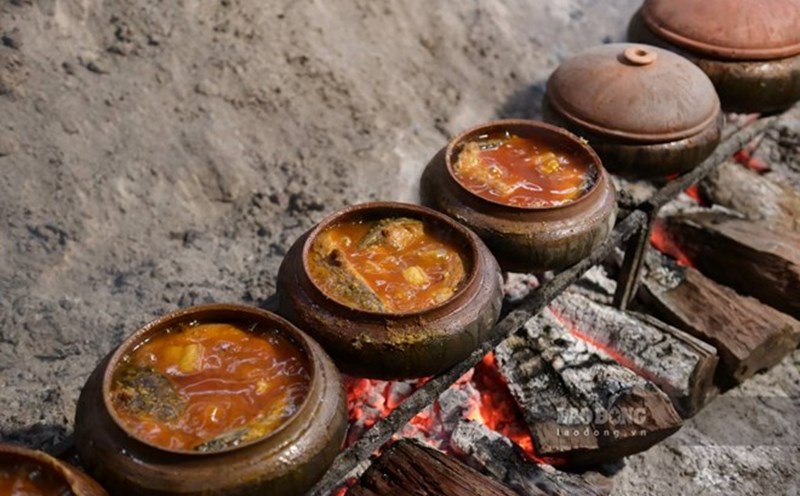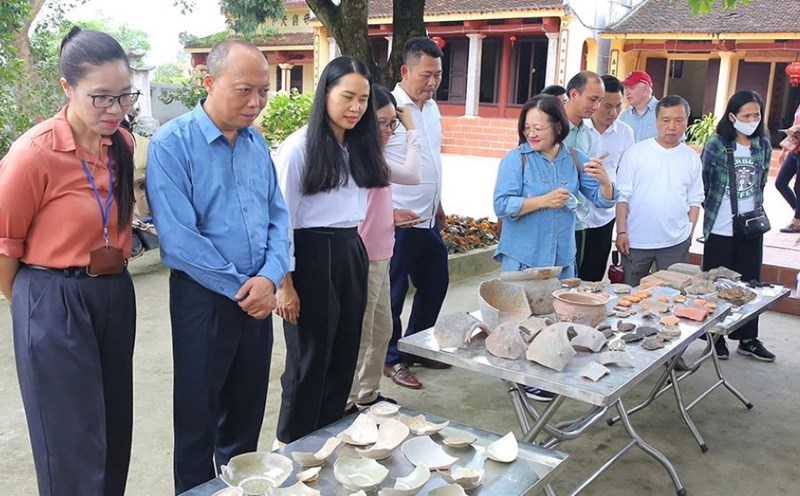Currently, in Ninh Binh province, there is Phat Diem tiled bridge that is more than a century old. This bridge was built in 1902, located near the Phat Diem stone church complex, creating a very unique cultural living space.
The bridge is in the shape of a rainbow with 3 spans and 4 compartments. The roof is covered with tiles, the foundation is paved with stone, other parts such as: columns, beams, vi, locks, rui, me... are all made of ironwood.
In 2018, Phat Diem tiled bridge was recognized as a provincial-level historical and cultural relic.
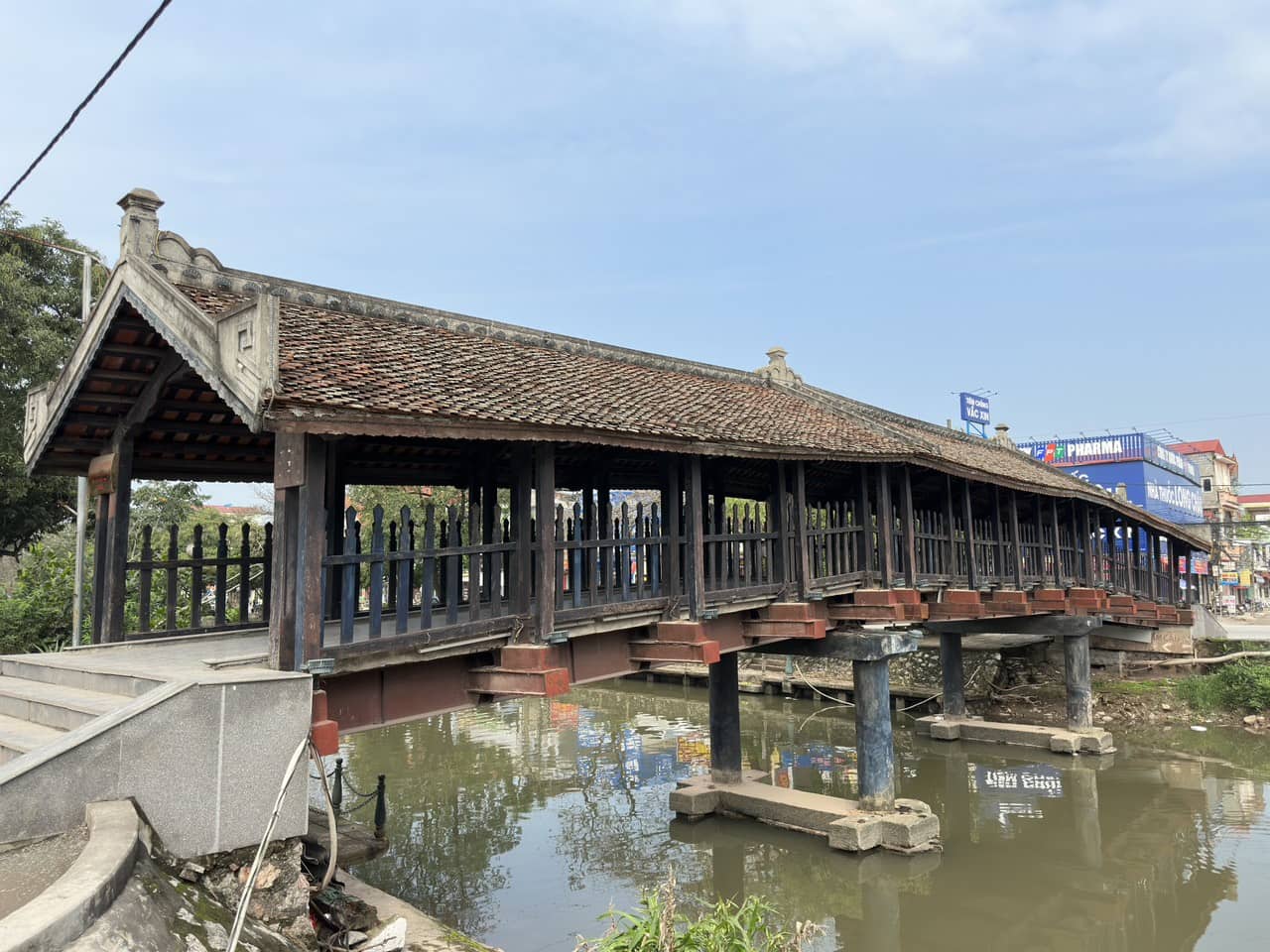
In addition, when merging with Nam Dinh, Ninh Binh province will have three more ancient tiled bridges. In particular, Luong Market Tiles Bridge (Hai Anh Commune, Ninh Binh Province) has become an ideal destination for many domestic and international tourists.
The ancient bridge is over 500 years old, built at the same time as Luong Pagoda in the year of Hong Thuan Tam Nien, that is, 1511. The bridge is built on 18 square stone pillars on each side of the 35cm long, arranged in 6 rows to carry 6 guns and support the entire 9 bridge stations. Located on the stone pillars are a system of level crossings and vertical beams made of sturdy ironwood to support the beams and raise the bridge floor and bridge houses.
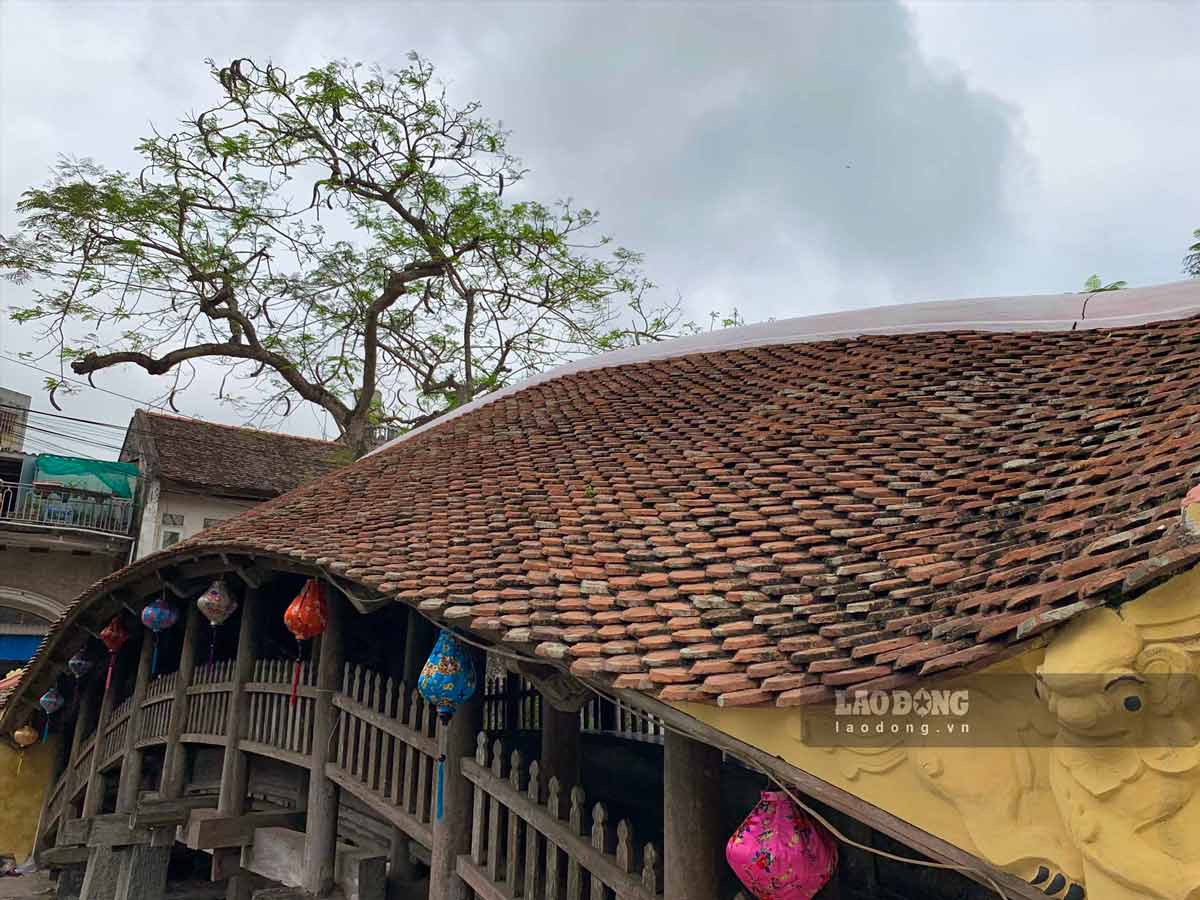
In 1990, Luong Market Tiled Bridge was recognized by the State as a National Historical and Cultural Relic. To preserve and avoid damage to thetile bridge, a 5m wide stone bridge has been built here, right next to thetile bridge for vehicles to travel.
Another ancient bridge is the Thuong Market Tiles Bridge (also known as the Thuong Nong Tiles Bridge), Nam Minh Commune, Ninh Binh Province. In 2012, this bridge was recognized by the Ministry of Culture, Sports and Tourism as a National Historical and Cultural Relic.
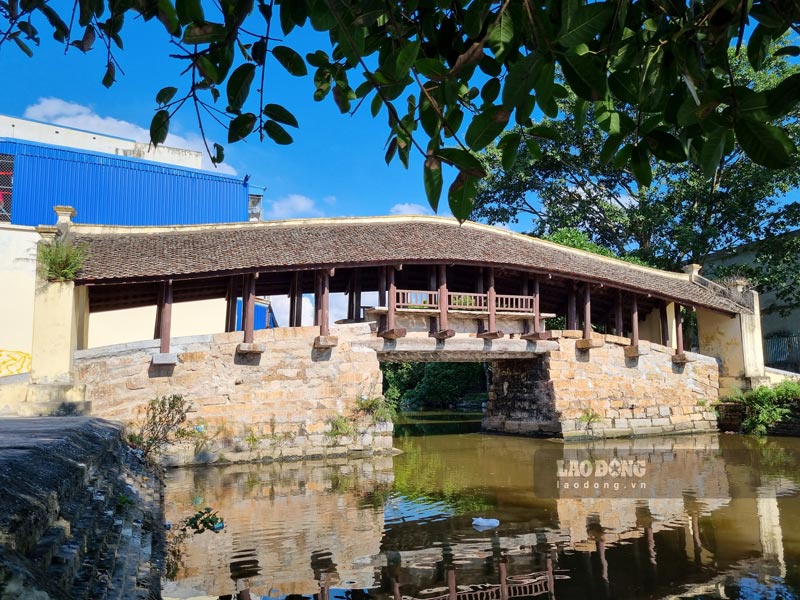
The Thuong Market Tiles Bridge was built during the Later Le Dynasty, with the meritorious contribution of the lady Nguyen Thi Ngoc Xuan, the concubine of Lady Trinh, also a daughter of Thuong Nong village. The bridge is built above as a house; below is a bridge 17.35m long.
The bridge surface is about 2m wide, paved with green foundations; the football surface is airy, but not slippery. Both sides of the corridor are also paved with stone, creating the edge about 15cm higher than the bridge surface.
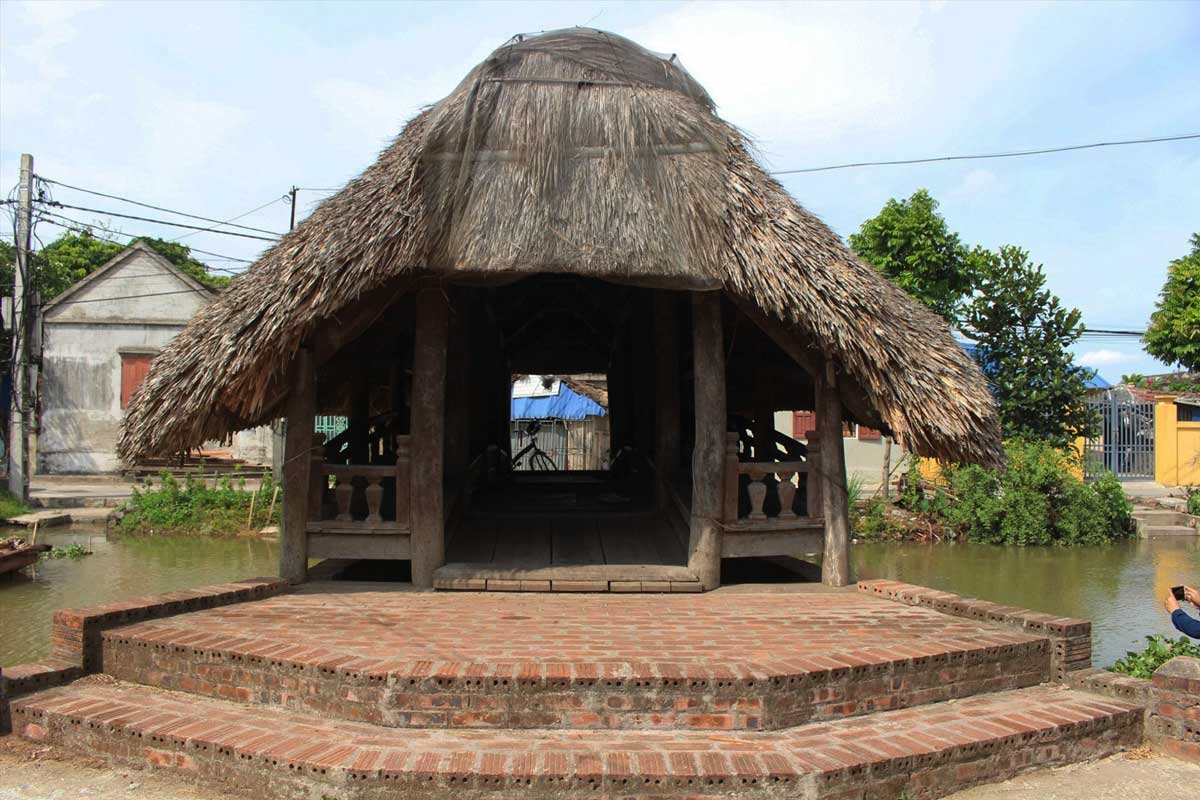
Finally, there is the Kenh village-roofed bridge (Co Le commune, Ninh Binh province) and the only leaf-roofed covered bridge that still retains the rare historical values of the countryside of Vietnam.
After 700 years, the bridge still retains its ancient and unique architectural structure. This is a bridge connecting the two banks of the Hai Ninh River, and is also the only road leading to the Co Le Pagoda to serve people going to the pagoda in the past. Previously, the bridge was placed in the North-South direction. After that, due to the renovation of the river system, the bridge was changed to the East-West direction to suit the daily life and travel of the people.
Local people said that after many renovations and repairs to the roof, the bridge roof has now been covered with palm leaves instead of borage leaves. All the palm beds are tightly joined with a rope and reinforced with cloud fiber, making the bridge's roof very sturdy, without worrying about damage from the storm.

